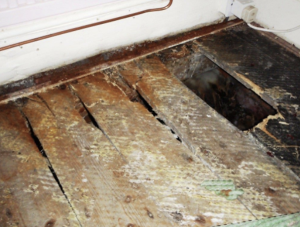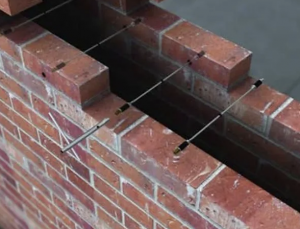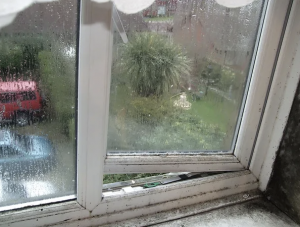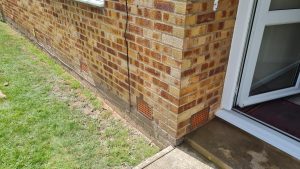
Blogs

Understanding Cavity Wall Ties: Their Importance and Role in Your Home’s Structure
Cavity wall ties are a critical but often overlooked component of a building’s structure. They play a vital role in connecting the inner and outer layers of a cavity wall, ensuring its stability and integrity. In this blog post, we will explore what cavity wall ties are, why they are important, and how they contribute to the strength and durability of your home.
What Are Cavity Wall Ties?
Cavity wall ties are metal or plastic connectors used in the construction of cavity walls. Cavity walls consist of two parallel masonry layers, typically made of brick or blockwork, with a gap or “cavity” between them. These walls offer several advantages, including better insulation and moisture control. Wall ties bridge the gap between the inner and outer layers, holding them together and providing structural support.
The Importance of Cavity Wall Ties
- Structural Integrity: Cavity wall ties are crucial for maintaining the structural stability of a building. They prevent the two wall layers from separating, ensuring that the walls work together to support the entire structure.
- Load-Bearing Support: Wall ties help distribute the load of the building evenly across the entire wall. This is essential for bearing the weight of the roof, floors, and any additional loads imposed on the structure.
- Resisting Wind and Seismic Forces: Cavity wall ties are integral in withstanding the lateral forces generated by strong winds and earthquakes. They ensure the walls remain intact during adverse weather conditions.
- Preventing Water Penetration: Cavity wall ties help prevent water from infiltrating the cavity, reducing the risk of dampness and water damage inside the building.
- Insulation Performance: Properly installed wall ties maintain the integrity of the cavity, which is essential for the effective insulation of the building. This contributes to energy efficiency and a comfortable indoor environment.
Common Types of Cavity Wall Ties
- Wall Plate Ties: These ties are used to connect the masonry to roof and floor structures, providing a continuous load-bearing path for the building’s loads.
- Type 4 Wall Ties: Type 4 ties are corrosion-resistant and often used in areas with higher exposure to moisture, such as coastal regions.
- Remedial Wall Ties: These are used to replace existing cavity wall ties when they have deteriorated or are insufficient for structural requirements.
Maintenance and Inspection
Regular maintenance and inspection of cavity wall ties are essential to ensure their continued effectiveness. Over time, wall ties may corrode or become damaged, compromising the structural integrity of the building. Signs of a problem may include cracking in the brickwork, bulging walls, or visible signs of corrosion. If you notice any of these issues, it’s important to seek professional advice and potentially consider replacing or reinforcing the wall ties.
Cavity wall ties are a fundamental element of a building’s structure, providing stability, load-bearing support, and protection against various environmental factors. Understanding the importance of cavity wall ties can help homeowners and builders make informed decisions to ensure the long-term structural integrity and safety of their properties. Regular maintenance and professional inspections can help identify and address any issues with wall ties promptly, ensuring the continued durability of the building.
At City Damp Solutions, we understand the importance of a safe, healthy, and structurally sound property. If you want to find out more about our cavity wall ties services click here, we would love to chat.











